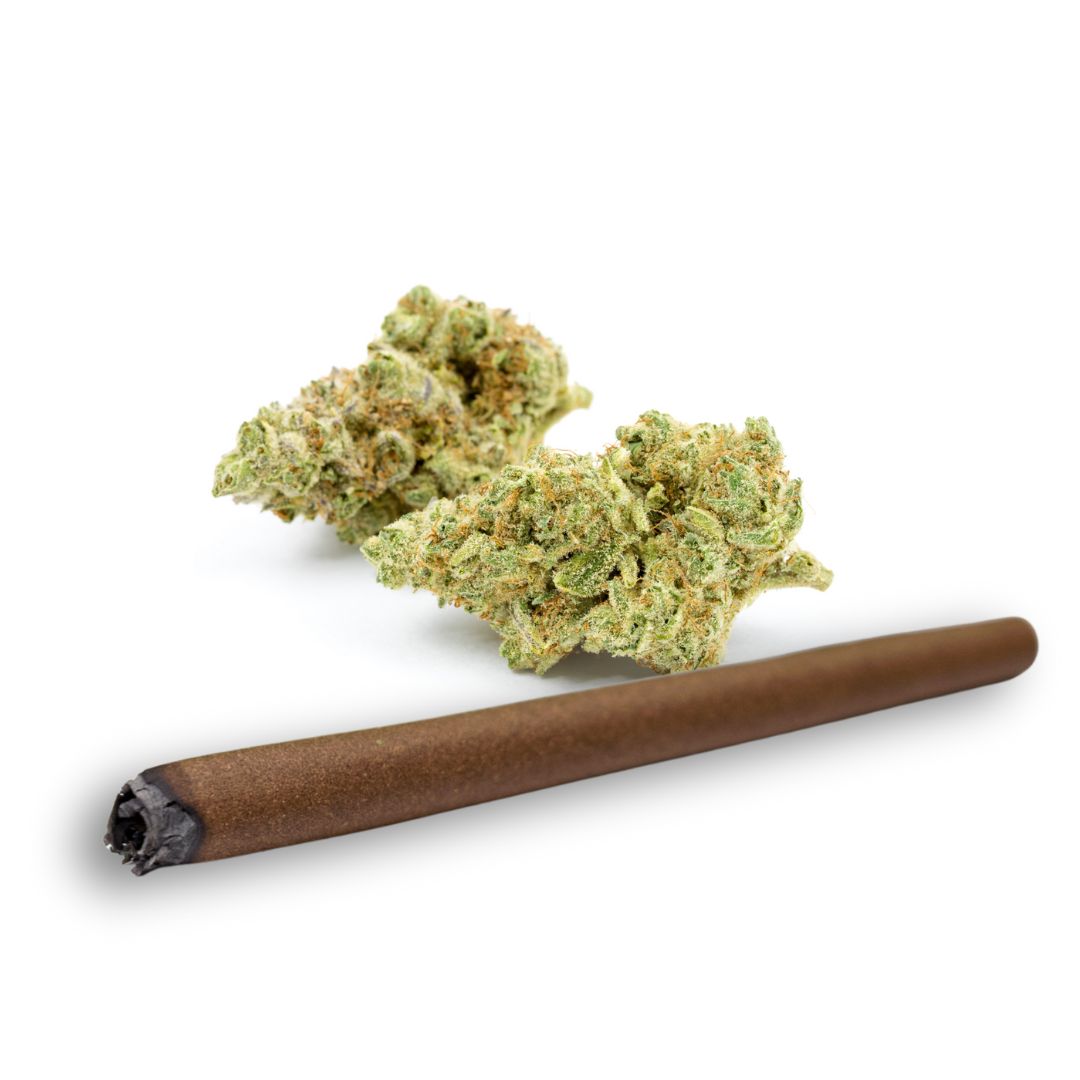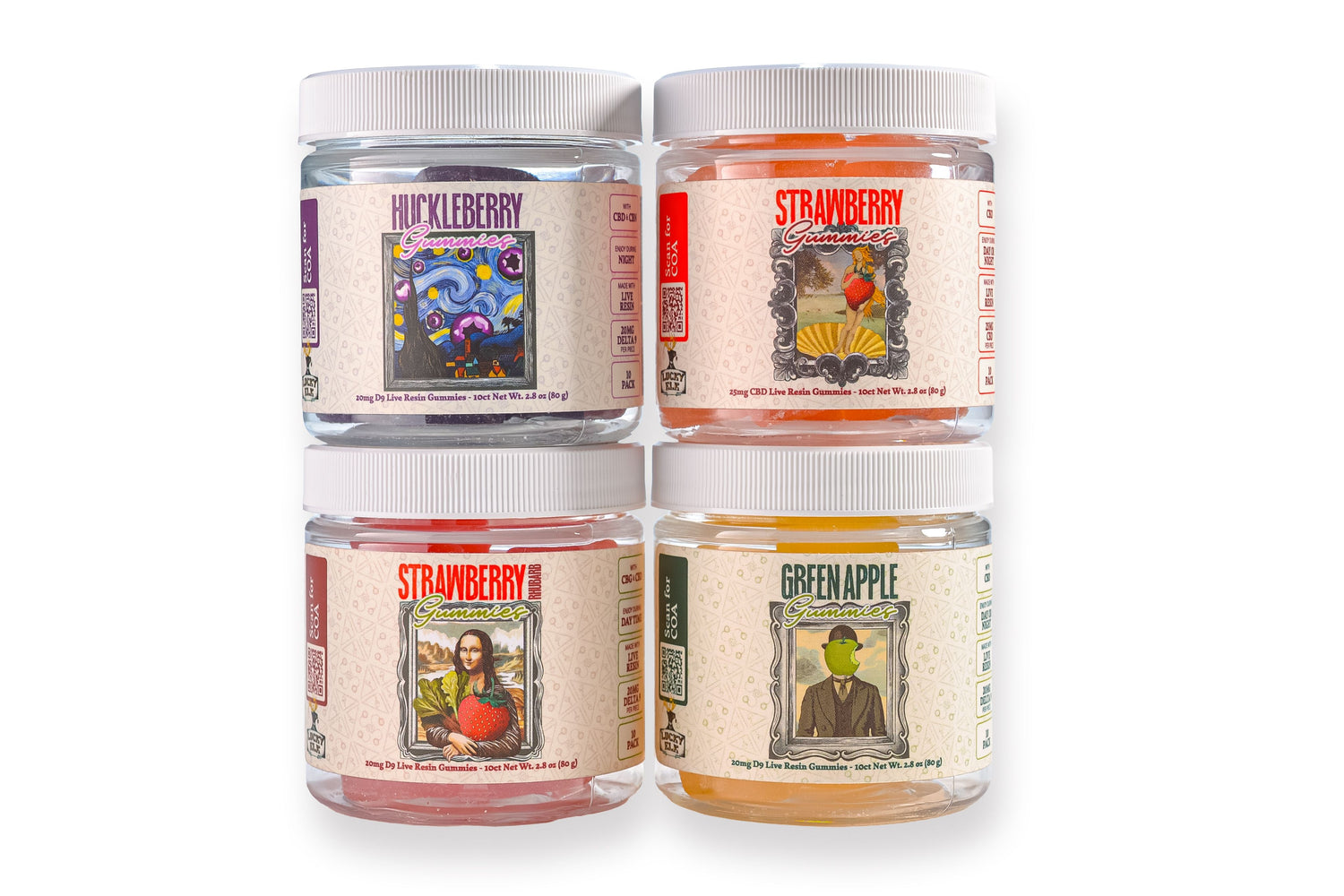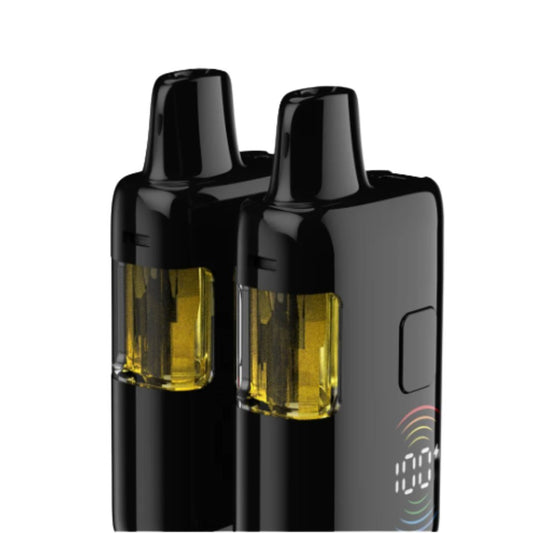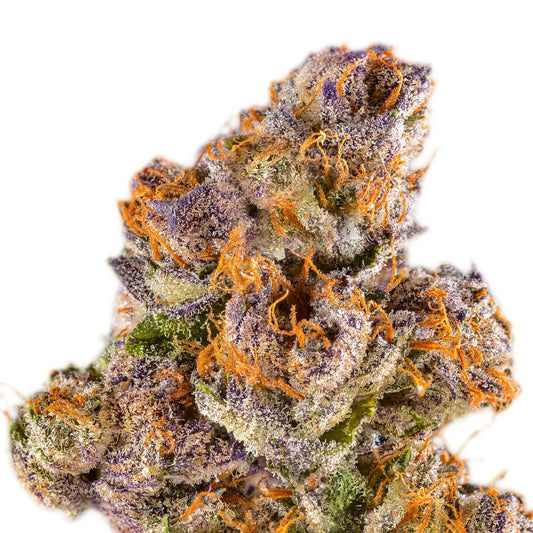The Art and Science of Light-Deprivation Greenhouse Flower
Cannabis cultivation has evolved significantly over the years, with various techniques developed to optimize growth conditions and yield. One such method is light-deprivation (light-dep) greenhouse growing, which has gained popularity among cultivators for its unique advantages. This article delves into what light-deprivation greenhouse flower is, why it is advantageous, how it affects the flower, and compares it to other growing methods like full-term outdoor and indoor cultivation.
What is Light-Deprivation Greenhouse Growing?
Light-deprivation greenhouse growing is a cultivation technique that involves controlling the amount of light plants receive to simulate shorter daylight hours. This is typically achieved by covering the greenhouse with blackout tarps or using automated systems to manipulate light exposure. By doing so, growers can induce the flowering stage of the cannabis plant earlier than would naturally occur, allowing for multiple harvests in a single season.
Advantages of Light-Deprivation Greenhouse Growing
-
Increased Harvest Cycles: One of the primary benefits of light-dep growing is the ability to achieve multiple harvests per year. By controlling the light cycle, growers can force plants to flower earlier and more frequently than in natural outdoor conditions. This leads to a higher yield within the same timeframe.
-
Enhanced Quality Control: Light-dep greenhouses offer a controlled environment where factors such as temperature, humidity, and pests can be managed more effectively than in outdoor growing. This results in healthier plants and higher-quality buds.
-
Reduced Environmental Impact: Compared to indoor growing, light-dep greenhouses utilize natural sunlight, reducing the reliance on artificial lighting and lowering energy consumption. This makes it a more sustainable option with a smaller carbon footprint.
-
Cost-Effective: While initial setup costs for a light-dep greenhouse can be high, the operational costs are generally lower than indoor growing due to reduced energy needs. Over time, the increased yields and quality can offset the initial investment, making it a cost-effective method.
Effects on the Flower
The controlled environment of a light-dep greenhouse allows for optimal growing conditions, which can enhance the characteristics of the cannabis flower. Plants grown using this method often exhibit vibrant colors, robust trichome production, and potent terpene profiles. The ability to control the flowering period also means that buds can be harvested at their peak, resulting in a more consistent and desirable product.
Comparison to Other Growing Methods
Full-Term Outdoor Growing
Full-term outdoor growing relies on natural light cycles and seasonal changes to dictate the growth and flowering stages of the cannabis plant. While this method can produce large plants and significant yields, it is highly dependent on the climate and weather conditions. Outdoor plants are more susceptible to pests, mold, and other environmental factors that can affect quality and yield.
Advantages:
- Lower setup and operational costs
- Utilizes natural resources
- Potential for large yields
Disadvantages:
- Vulnerable to environmental factors
- Limited to one harvest per year
- Less control over growing conditions
Indoor Growing
Indoor growing provides the highest level of control over the growing environment, including light, temperature, humidity, and CO2 levels. This method allows for year-round cultivation and can produce high-quality cannabis with consistent potency and flavor. However, indoor growing is energy-intensive and can be costly due to the need for artificial lighting and climate control systems.
Advantages:
- Complete control over growing conditions
- Year-round cultivation
- High-quality, consistent product
Disadvantages:
- High energy consumption and costs
- Larger carbon footprint
- Requires significant initial investment
Conclusion
Light-deprivation greenhouse growing strikes a balance between the advantages of outdoor and indoor cultivation. It leverages natural sunlight while providing the ability to control the light cycle and growing environment, resulting in multiple annual harvests and high-quality cannabis. For cultivators seeking a sustainable, cost-effective method with enhanced quality control, light-dep greenhouses represent a compelling option that combines the best of both worlds. As the cannabis industry continues to evolve, this innovative growing technique is likely to become increasingly popular among forward-thinking growers.








